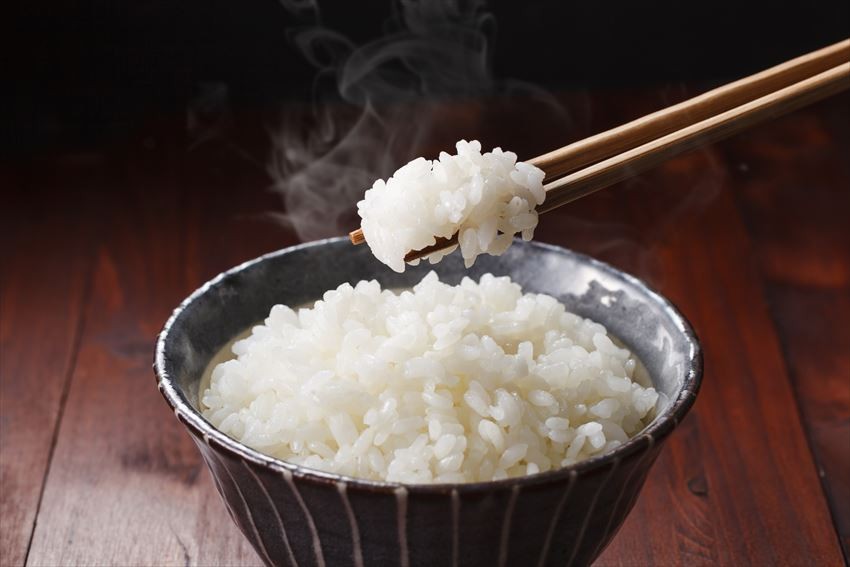
Rice is the staple food of Japanese people. There is said to be more than 20,000 types of rice throughout the world. The characteristic of "Japonica rice," which is produced in Japan, is its rounded oval shape, stickiness and luster. Today, we'd like to introduce the most popular types of Japanese rice in Japan. Power up your taste buds and get ready to experience the delicate flavor of Japanese rice!
The History and Culture of Japanese Rice
The origins of rice lie in Asia, after which it is said to have made its way to Japan via Kyushu almost 2000 to 3000 years ago. Japan’s humid climate and high temperatures made it a suitable place for rice to grow and, because it could easily be harvested and kept for long periods of time, it spread in popularity as a crop from the Kinki region to the Tokai, Kanto, and Tohoku regions as well. Because certain seasons have a lot of rain and other very little, it is said these regions were suited for growing rice.
Related article: The basic of Japanese Cuisine: Ichijyusansai (one soup and three dishes)
The Differences Between Japanese Rice and Foreign (Particularly Thai) Rice
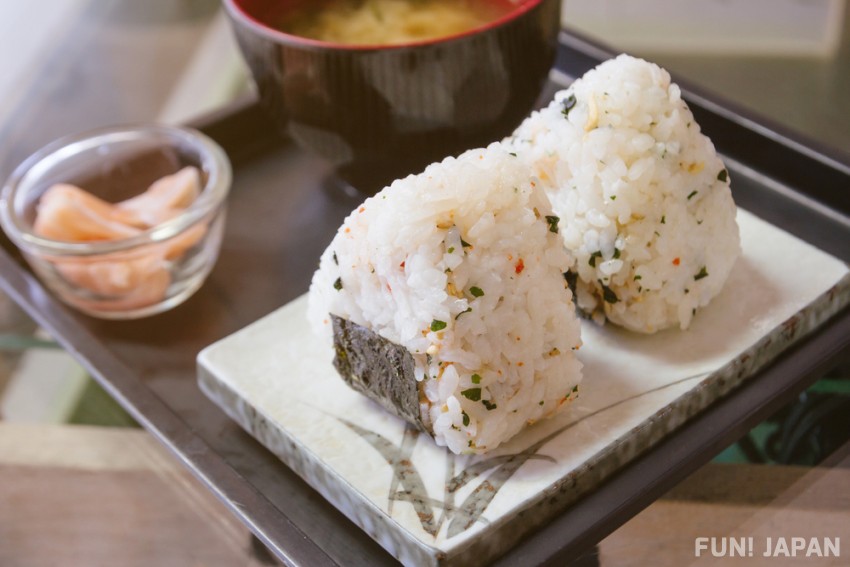
Rice types are categorized into three main varieties: Japonica, Indica, and Javanica. When broken down even further, there are around 100,000 different varieties of rice.
Japonica Rice
Japonica Rice is characterized by its short and circular shape and the luster it gives off when cooked. This type of rice has a stable flavor which doesn’t degrade even when cooled down, which makes it great for use in rice balls, sushi, bento lunch boxes and other such dishes which use cooled or room temperature rice. This rice suits Japan’s cultural food habits well and has a stickiness and a sweetness which increases with each bite.
Indica Rice
Indica rice is characterized by its long and narrow shape and dryness after it is cooked. This type of rice suits curries well. This is the most common of all rice varieties and is grown all over the world in places like Thailand, Vietnam, India, Malaysia, and South America.
Javanica Rice
Javanica rice is characterized by its wide, large grains and its light and slightly sticky texture. This variety of rice is a bit rare and is only grown in certain regions, such as Java, and Asian, Central American, and South American countries with a consistently hot and humid climate close to the Equator.
Related article: The common understanding about main consumable food in Japan, rice. Is it different from your country?
Types of Japanese Rice
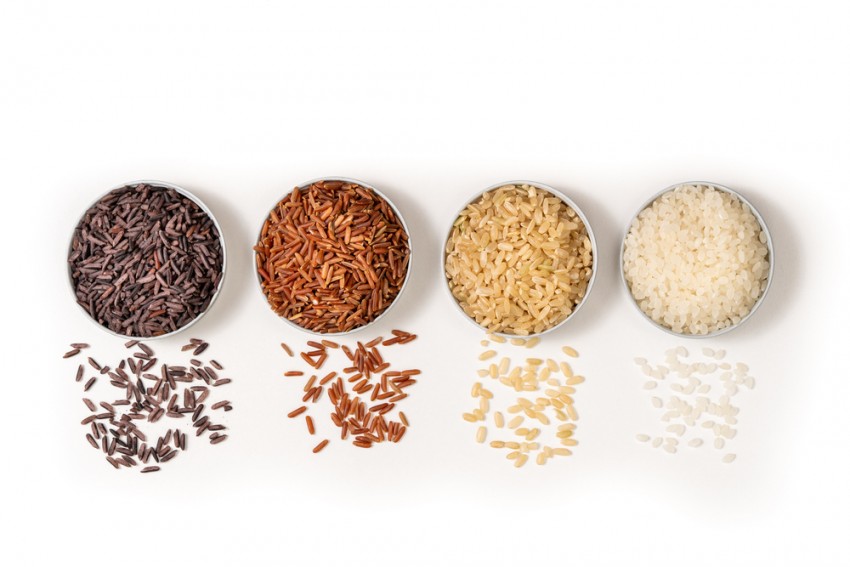
There is a unique phrase is Japanese called “kuchinaka choumi,” which literally translates to “seasoning the mouth.” This is the action of mixing taking parts of different dishes and mixing the flavor of them with rice in your mouth. The concept of “seasoning the mouth” is how Japanese food has come to develop over time. Almost all common seasonings used in Japanese food, such as miso, soy sauce, rice vinegar, and mirin are all derived from rice. Rice is even used to make Japanese sake. Which rice to eat changes based on what types of seasonings are used in different foods, resulting in how the following types of Japanese rice developed. Let’s take a look at some of the most common types of rice products you can find in Japanese supermarkets and Japanese words related to rice.
| White Rice (Uruchigome) | This refers to the part of the rice plant that is left after removing the rice husk, rice bran, and germ. It is filled with plenty of nutrients, such as carbohydrates, protein, calcium, iron, vitamins, and fiber. |
| Mochi Rice (Mochigome) | Uruchigome rice is translucent, while mochigome is white and opaque. When cooked, it develops a uniquely sticky texture, which is why it is used to make foods such as mochi, sekihan (red bean rice), and okowa (rice cooked with different vegetables). |
| Brown Rice (Genmai) | This refers to the part of the rice plant that is left after only removing the rice husk. The rice bran and germ are left intact in this variety of rice. Brown rice is more nutritious than white rice because it has more fiber, calcium, magnesium, minerals, protein, and vitamins. |
| Germinated Brown Rice (Hatsuga-genmai) | This is a variety of brown rice that uses slightly germinated brown rice. It has a texture that is said to be very easy to eat. |
| Barley Rice (Mugi-gohan) | This rice mixes white rice and barley which are then cooked together. Barley is full of protein, minerals, vitamins, and fiber. |
| Assorted Grain Rice (Zakkokumai) | This type of rice is an assortment of brown rice, foxtail millet, proso millet, barley and other types of grains mixed together with white rice. |
What is the Difference Between Normal Polished Rice and Musenmai?
Musenmai, or literally “rice that need not be washed,” is rice that is processed in a special way. Normal rice is processed in a way that the bran is still attached to the surface of the grain. Musenmai is processed in a way that removes almost all of the bran on the grain’s surface.
What is Shinmai?
“Shinmai” refers to rice that was newly harvested in autumn and processed and packaged before the end of the same year. New rice is processed, packaged, and shipped out to stores so it can be received by the new year. Rice is generally only harvested once a year, so rice that is processed and packaged after the first day of the new year is also considered shinmai.
Brand Names of Japanese Rice

There are plenty of brands of locally grown Japonica rice varieties in Japan. A few of the most famous brands are Koshihikari, Akitakomachi, Sasanishiki, Hitomebore, Milky Queen, Tsuyahime, and Hinohikari. Let’s take a look at some of the characteristics of these popular brands of Japanese rice.
Hokkaido’s Yumepirika: The Highest Quality Rice in Hokkaido
Rice from Hokkaido has a well-established reputation, but this variety of rice grown in Hokkaido has a particular stickiness to it. As soon as you take a bite, you can taste the sweet and savoriness of each grain. It is recommended to eat this variety of rice as soon as it’s finished cooking. As the highest quality brand of rice from Hokkaido, it can easily be found in any supermarket throughout Japan.
Akitakomachi: A Rice with Strong Umami and Sweetness
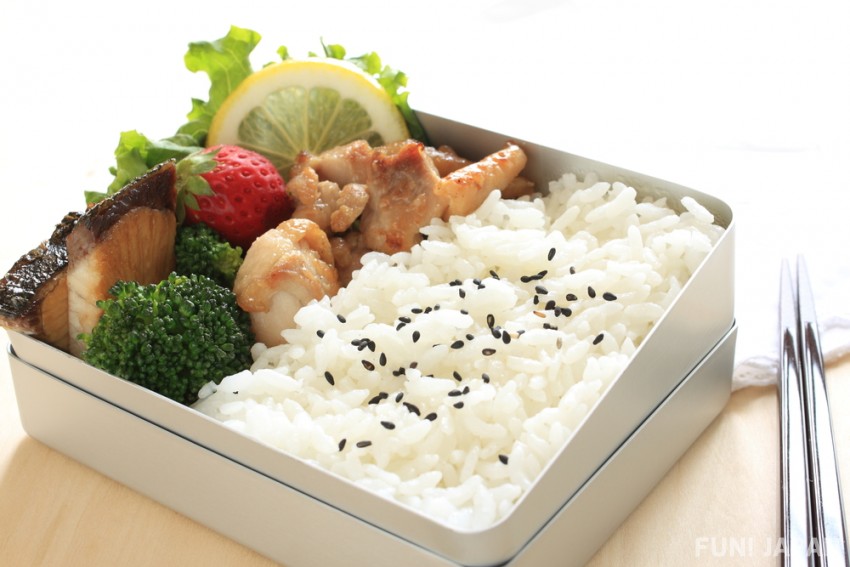
As a relative of Koshihikari, this variety of rice has inherited the characteristic umami and sweetness that comes from it. The flavor of this rice is not overpowering, so it pairs with almost any dish. It is not only delicious freshly cooked, but also in rice balls and bento lunch boxes after the rice has had time to cool as well. This rice is quite reasonably priced compared to other varieties.
Yamagata’s Tsuyahime: A Popular and Exceptional Variety of Japanese Rice
This variety originates from another type called “Kameno-o” or “Turtle’s Tail,” which was developed over a duration of ten years in Yamagata prefecture. Kameno-o is also a product of crossbreeding the Koshihikari and Haenuki varieties of rice, which lended a superior pedigree to create this exceptional child variety. Amongst Japanese people, this variety is highly regarded for its sweetness, umami, and luster. When freshly cooked, this rice has a brilliant sheen that lives up to the name “Tsuyahime” (Shining Princess).
Japan's Most Popular Rice, Koshihikari, is Characterized by Its Stickiness and Luster
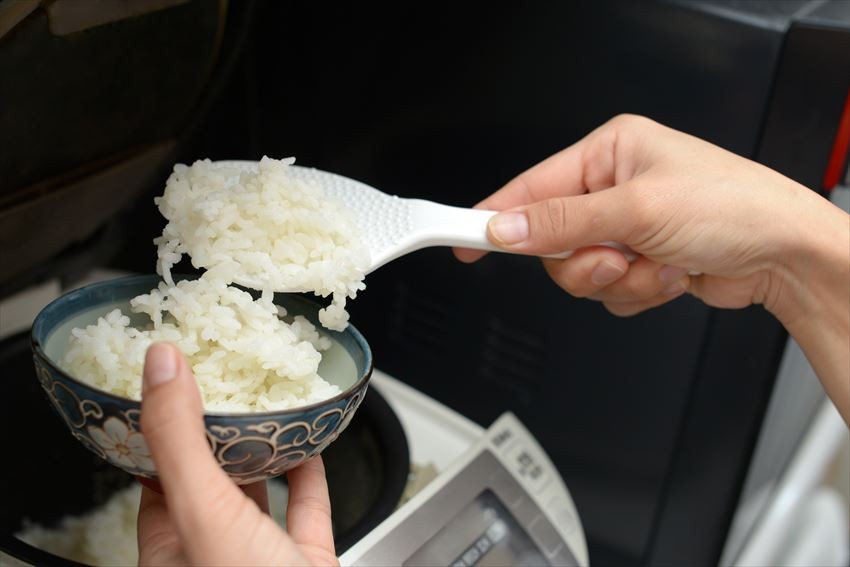
“Koshihikari (コシヒカリ)” is the Japanese rice which is perhaps most representative of Japan. Although its origins are in Fukui prefecture, it is produced all over the country including places like Kyushu, the Kansai, Kanto, and Tohoku regions. It is not produced in Hokkaido or Okinawa. The features of Koshihikari are its stickiness and shiny luster. The fragrance of the rice is good on its own, however, it is more suited to be served together with heavily seasoned dishes since the taste of Koshihikari is stronger than other types of rice. For example, it might not be a good pair for use in donburi (a rice bowl with various toppings), beef rice, or tendon (rice topped with tempura) because these dishes don’t necessarily require the rice to be sticky. Due to the surge in popularity of Japanese food, Koshihikari has even started to be planted overseas in places like the United States.
Hitomebore, a Rice Characterized by Its Soft Texture and Larger Grain Size
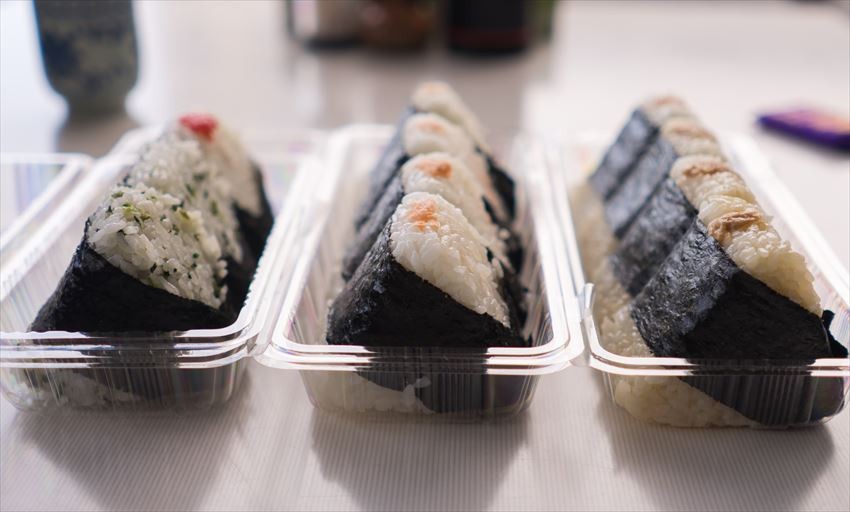
"Hitomebore (ひとめぼれ)" is the second most highly produced rice in Japan after Koshihikari. It was developed in Miyagi prefecture as an evolved type of Sasanishiki after the cold weather spike in 1993 and is currently produced mainly in the Tohoku region, including Miyagi prefecture and Iwate prefecture. The characteristics of this type of rice include a lustrous and slightly larger grain, softness, and moderate stickiness. It is said to be a well-balanced type of rice compared to Koshihikari since the taste is milder and the mouthfeel is soft with a gentle flavor.
Hinohikari - A Representative Rice Type From Kyushu
"Hinohikari (ヒノヒカリ)" comes in 3rd place among Japanese rice in terms of the total planting area. Even though it isn’t the major type in the Kanto and Tohoku areas, it is planted widely in Kyushu, and the Shikoku and Chugoku areas. Hinohikari was developed in Miyazaki prefecture after a request to "produce a rice type which can be loved by all of Kyushu." The taste is said to be similar to Koshihikari, with a smaller size and high degree of stickiness. However, the price is of Hinohikari is more affordable than Koshihikari. This rice type is versatile and suitable for use in any dish.
Milky Queen
This rice brand was born in 1985 from the Ministry of Agriculture, Forestry, and Fisheries’ “Super Rice Project.” This rice began as a project in creating a rice that had good texture and flavor. This rice is mostly grown in Tohoku, but also grows in certain parts of the more temperate Kanto region and in Kyushu. Ibaraki prefecture and Niigata prefecture are said to produce the most Milky Queen in all of Japan.
This variety is an improvement of Koshihikari, but has a more sticky texture than Koshihikari when cooked. Although it isn’t well suited to pair with curries or fried rice, it makes for a great pairing with Japanese food such as in bento lunch boxes and rice balls.
Related article: How to Cook Delicious Japanese Rice
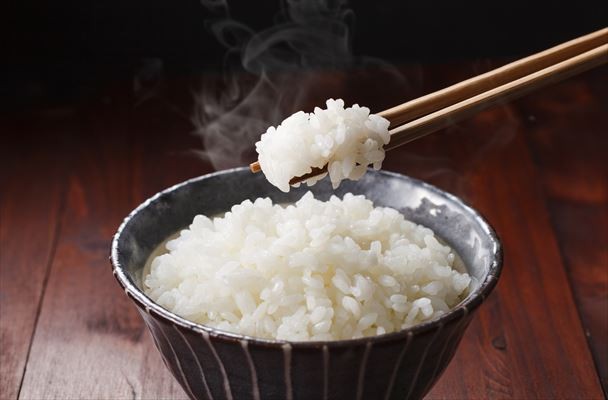
Comments